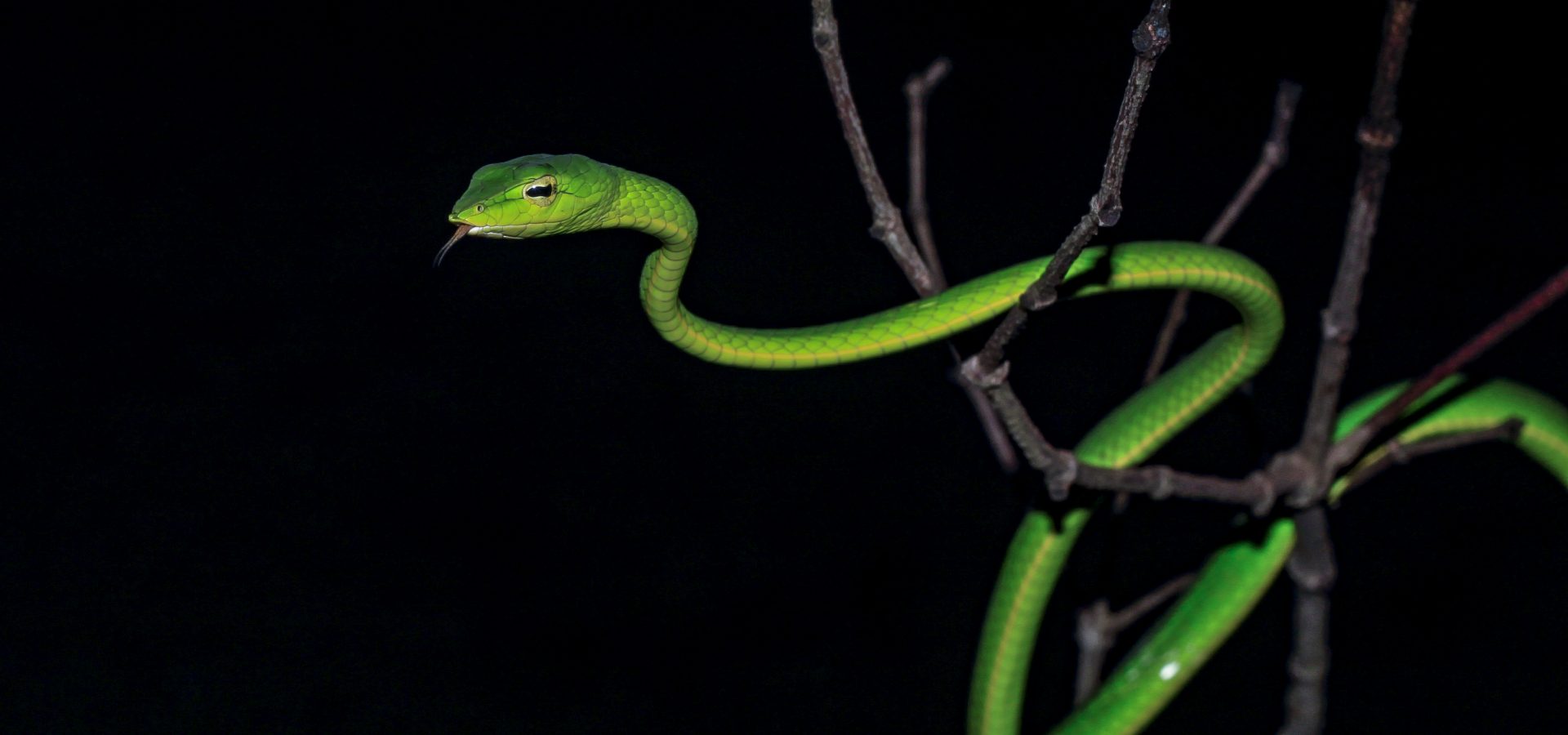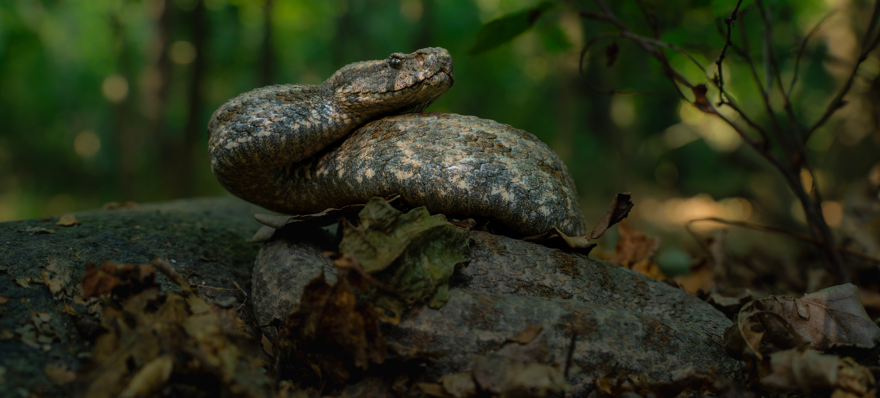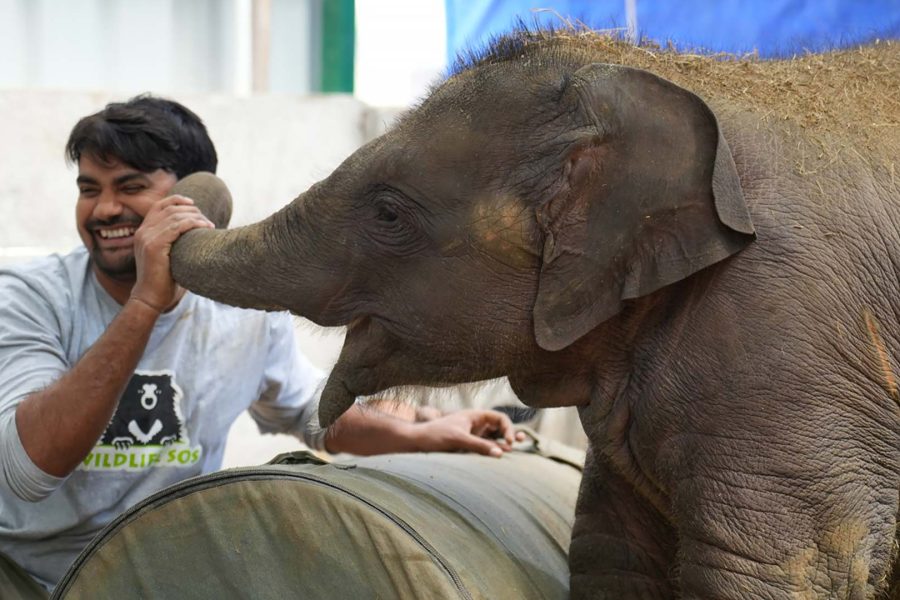“Take nothing but pictures. Leave nothing but footprints. Kill nothing but time.” – John Muir
With each stride in the forests, we are creating an impact. Over the last few years, a large number of people have been visiting the wild with their top-notch photography equipment to look out for something new and exciting to click. With an urge to share their sightings on social media, there is a strong will to capture the “perfect shot”. But here’s what happens with every step you take to shoot: You’re causing immense stress to the wild animal you’re targeting (with your camera).
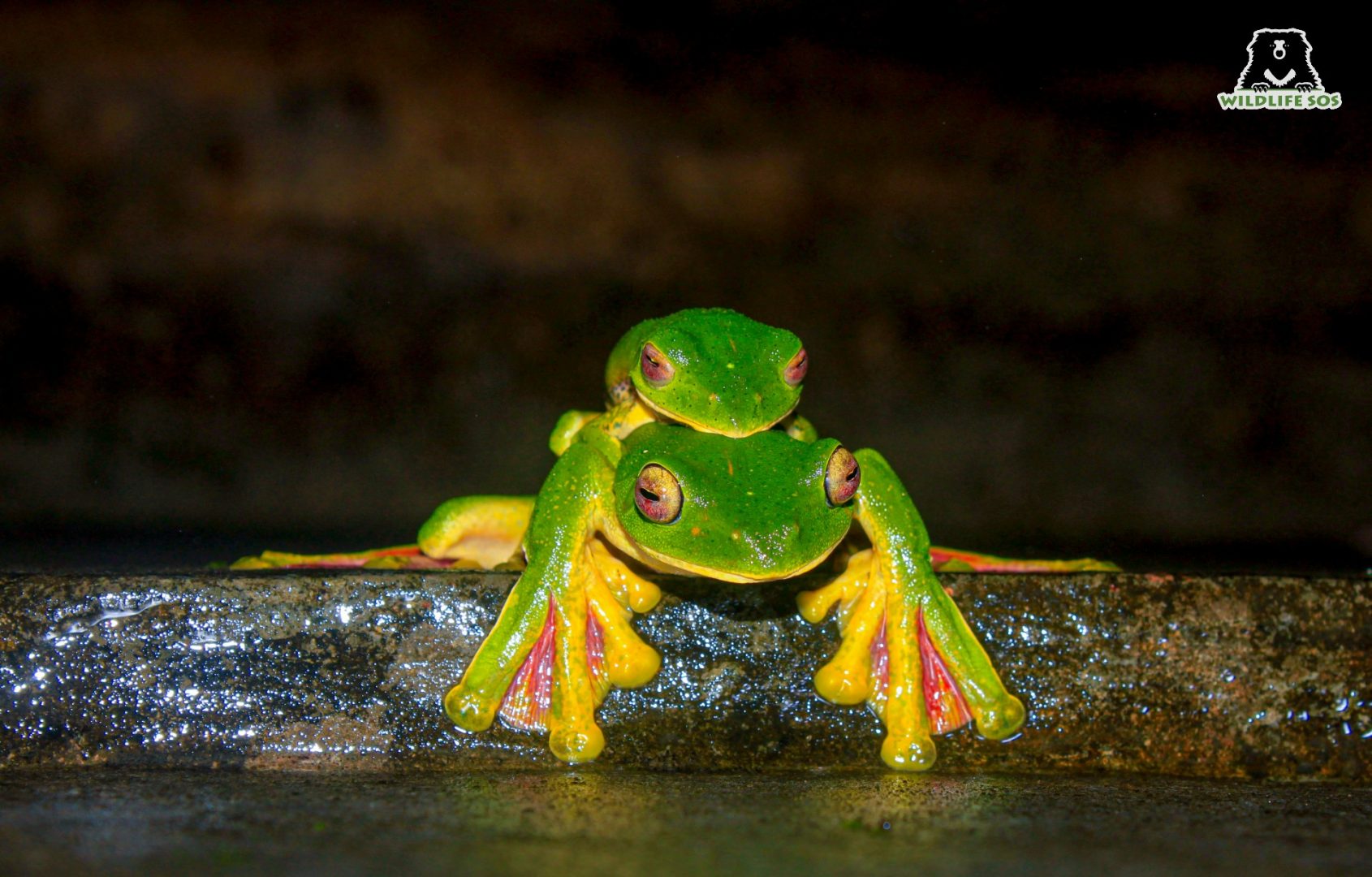
Unfortunately, animals do not possess the ability to distinguish between people who may cause them threats, and photographers. As a natural response, their behaviour gets disrupted due to the presence of any unexpected intruder. A few years ago, the Great Indian Bustard was known to be severely impacted due to insensitive photography. With their numbers plummeting below 200 individuals in the wild, this bird species faces numerous threats, especially during its breeding period. As their lekking sites attract a large number of tourists and photographers, the birds’ breeding behaviour was disturbed.
This is just one of the many instances where animal species have been affected due to human intrusion. As you step out to photograph the wild, here are some tips to keep at the top of your mind!
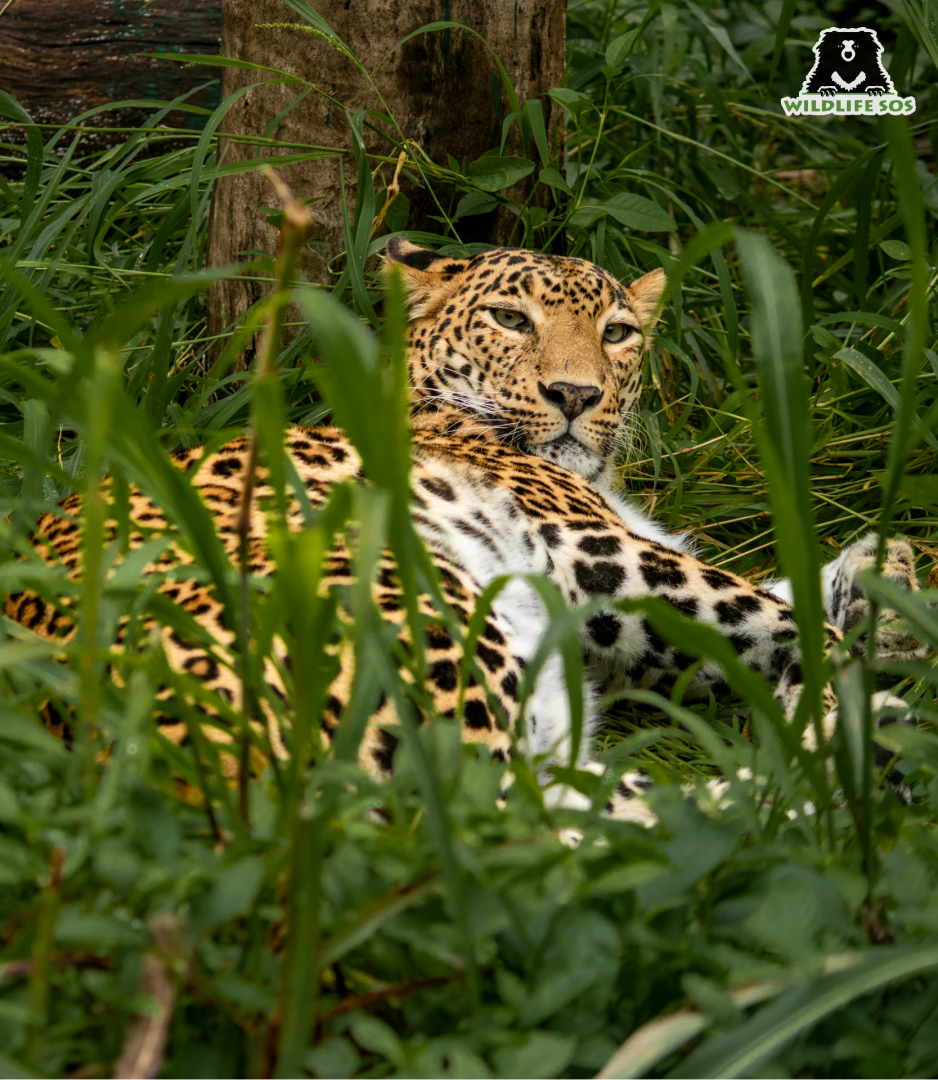
No To Clickbait Photography
Be it hatchling, nestling, or fledgling, baby birds are appealing to one and all. With their nearly-closed eyes and barely-grown feathers, most photographers hope to capture “cutesy” photographs of juvenile birds and get closer to their nests. Some even alter the surroundings to get a clear, close-up view which ends up exposing these spots to predators.
Wildlife enthusiasts often seek animals inhabiting dens, such as bears, hyenas, foxes, and cats, to name a few. This disturbs animals’ natural behaviour, leading them to abandon their homes. Thus, nest and den photography is a big NO! At an age when the young ones are still acquiring the skills to survive in the wild, disturbing their home can only harm them. We must maintain a reasonable distance from the wild animals while engaging in photography.
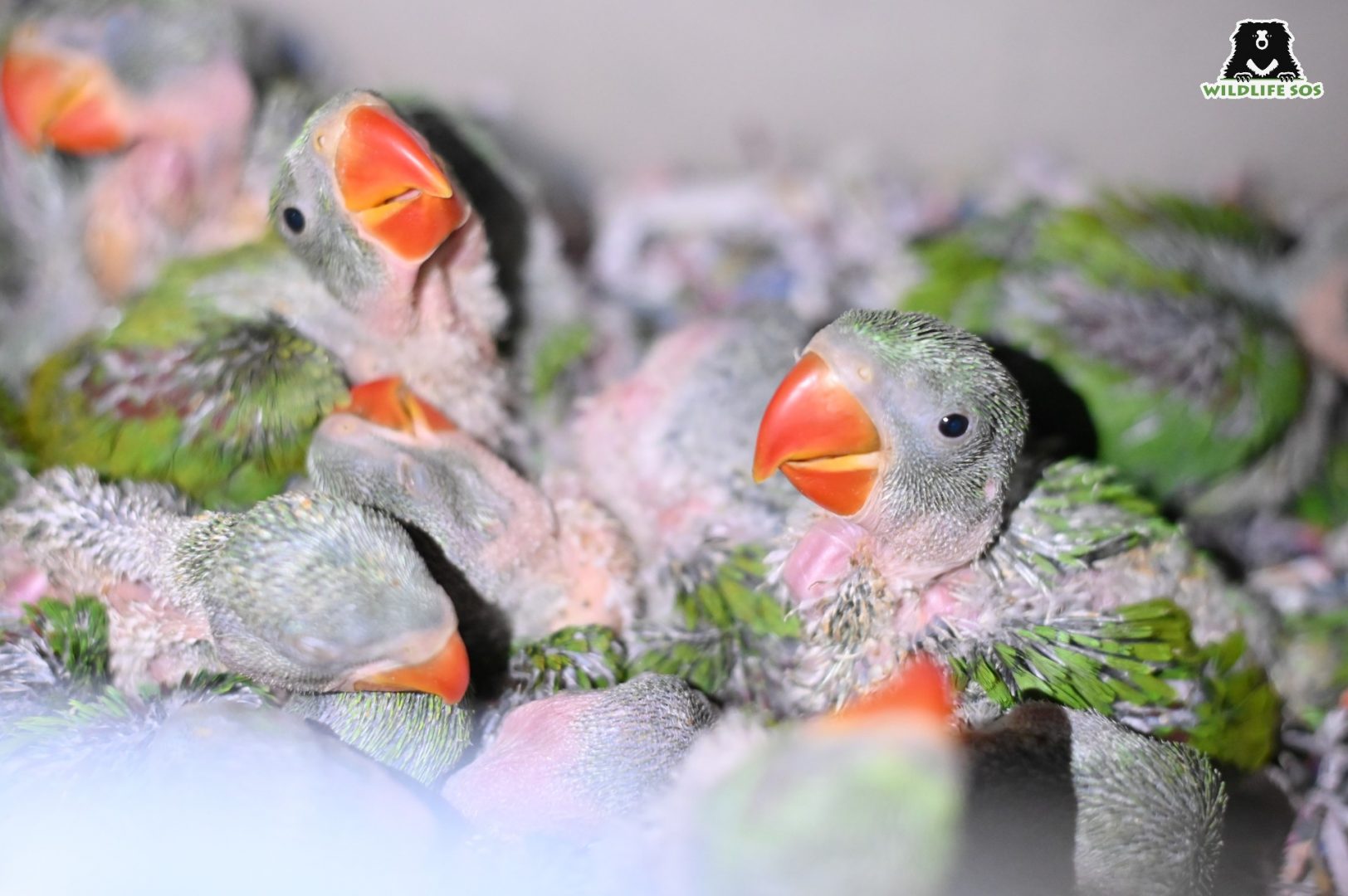
Audio Playback Is Unethical
Thousands go on a wildlife safari to catch a glimpse of the majestic tiger. To capture a sighting of the feline in its, guides tirelessly track the animal throughout the day. Multiple vehicles with eager tourists converge at the spot most likely to be visited by the desired animal. In scenarios like these, we subconsciously contribute to disturbing and damaging the environment. The animal who had set out to pursue a fresh kill experiences stress due to this exposure.
Animals have evolved in a way that they camouflage themselves with their surroundings – thus making it difficult to spot them. People have devised a rather unique, devious measure to attract animals – playing audio recordings of their call on portable devices. With technology in our hands, we’re just one click away from downloading a bird call and playing it out loud. This method is also widely used by wildlife researchers to study elusive species.
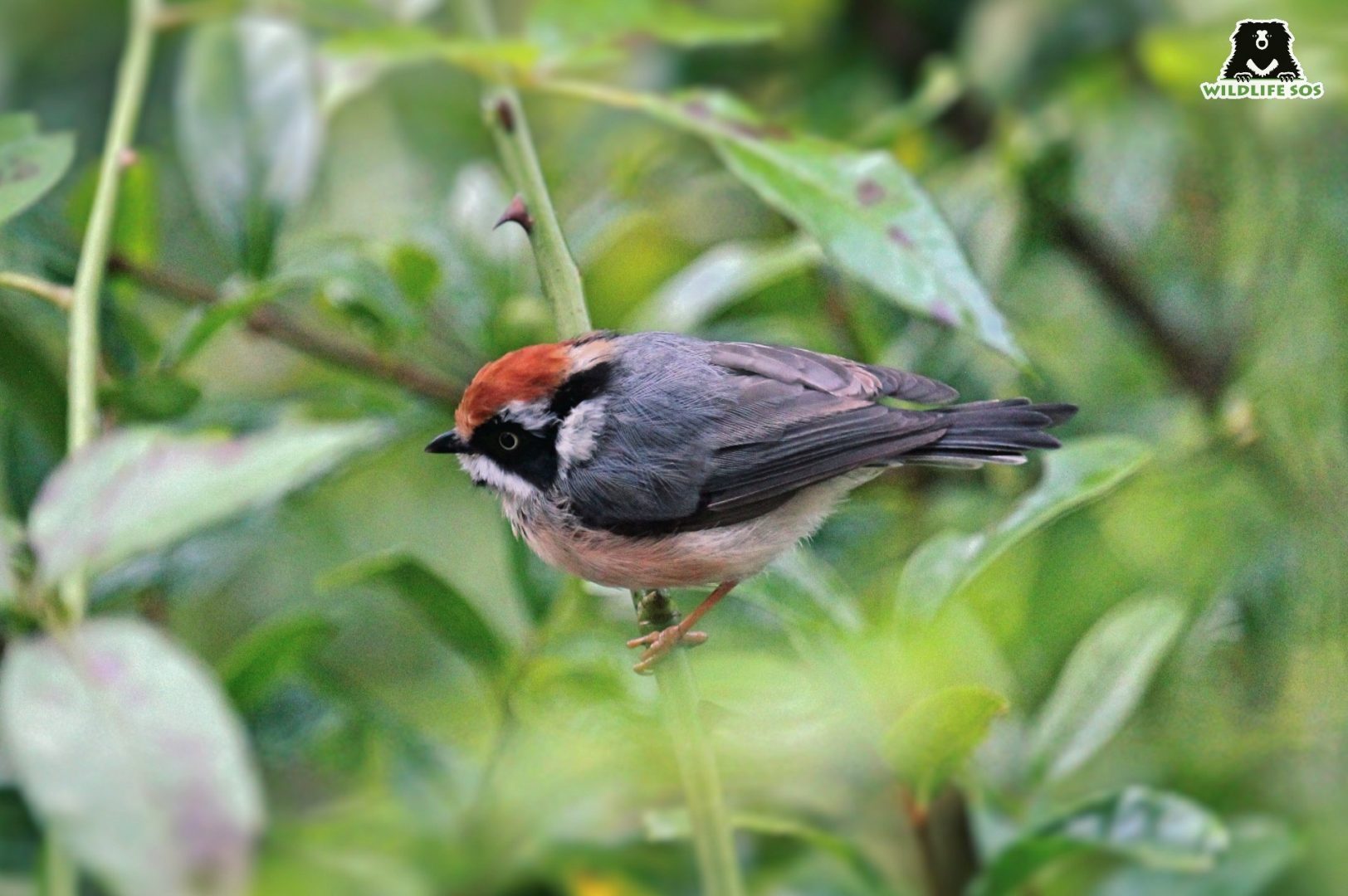
Playbacks are used to sight a multitude of species including the Chestnut-headed Tesia, Hooded Pitta, tits, warblers, and finches. The misuse of playing back audio has brought about an ethical conundrum amongst conservationists and forest authorities. While it does result in capturing shy species, it also disrupts their natural functions. Courtship and nest guarding are disturbed during the breeding season. Moreover, due to the overuse of calls, certain species of owls have stopped responding to calls, hampering research.
Crowd Not To Catch A Glimpse
Thousands go on a wildlife safari to catch a glimpse of the majestic tiger. To capture a sighting of the feline in its, guides tirelessly track the animal throughout the day. Multiple vehicles with eager tourists converge at the spot most likely to be visited by the desired animal. In scenarios like these, we subconsciously contribute to disturbing and damaging the environment. The animal who had set out to pursue a fresh kill experiences stress due to this exposure.
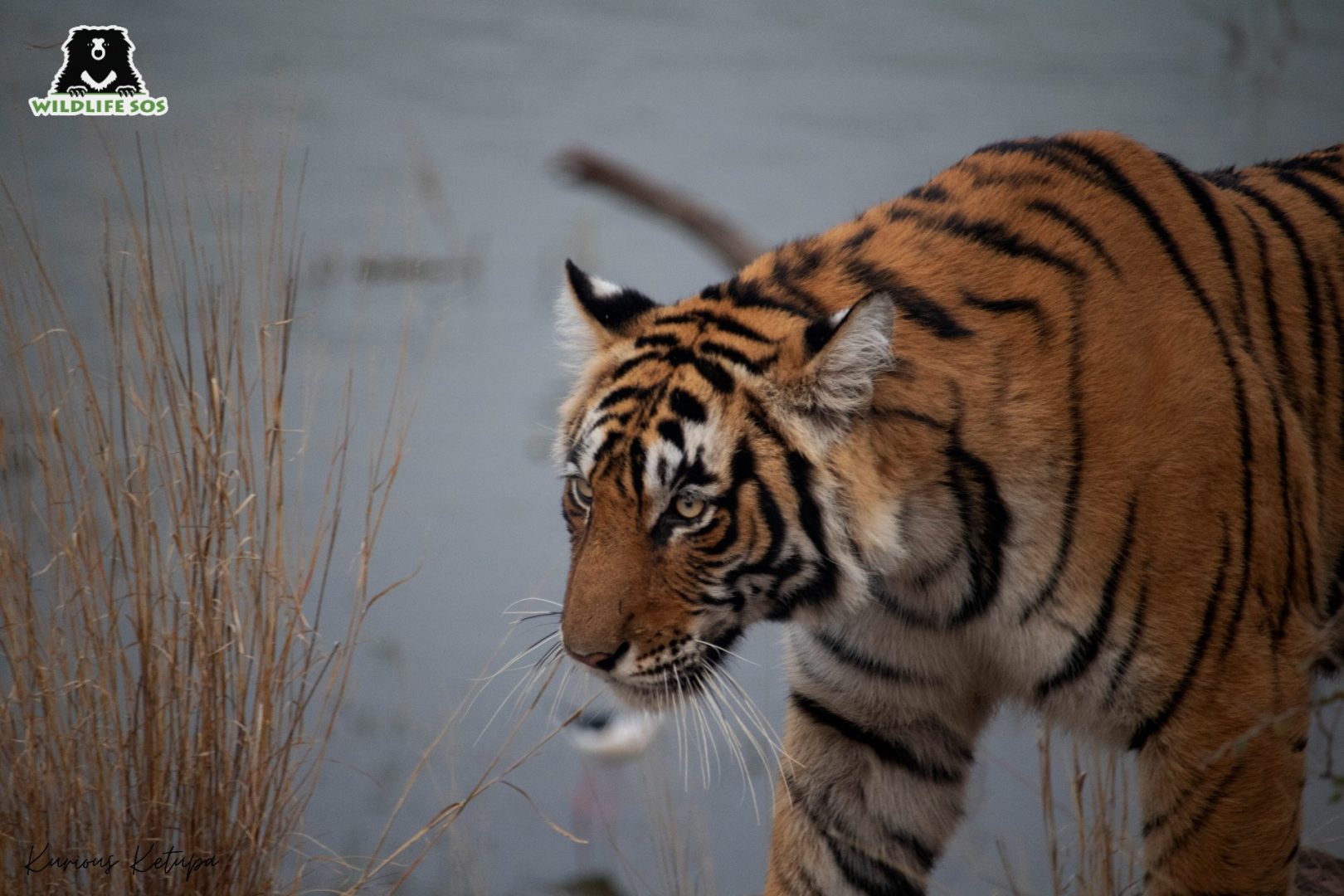
Spot the Animal… Without the Spotlight!
Certain bird species such as nightjars and owls are known to be active during the night hours, making them nocturnal in nature. As photographers hit the road to capture the watchers of the night against the sheer moonlight, they tend to use devices like torches and flashes. However, powerful flashes are known to harm their sensitive eyesight, even blinding them temporarily. Hence, it’s best to avoid night photography. But if it is absolutely necessary, opt for filters or diffusers with infrared photography.
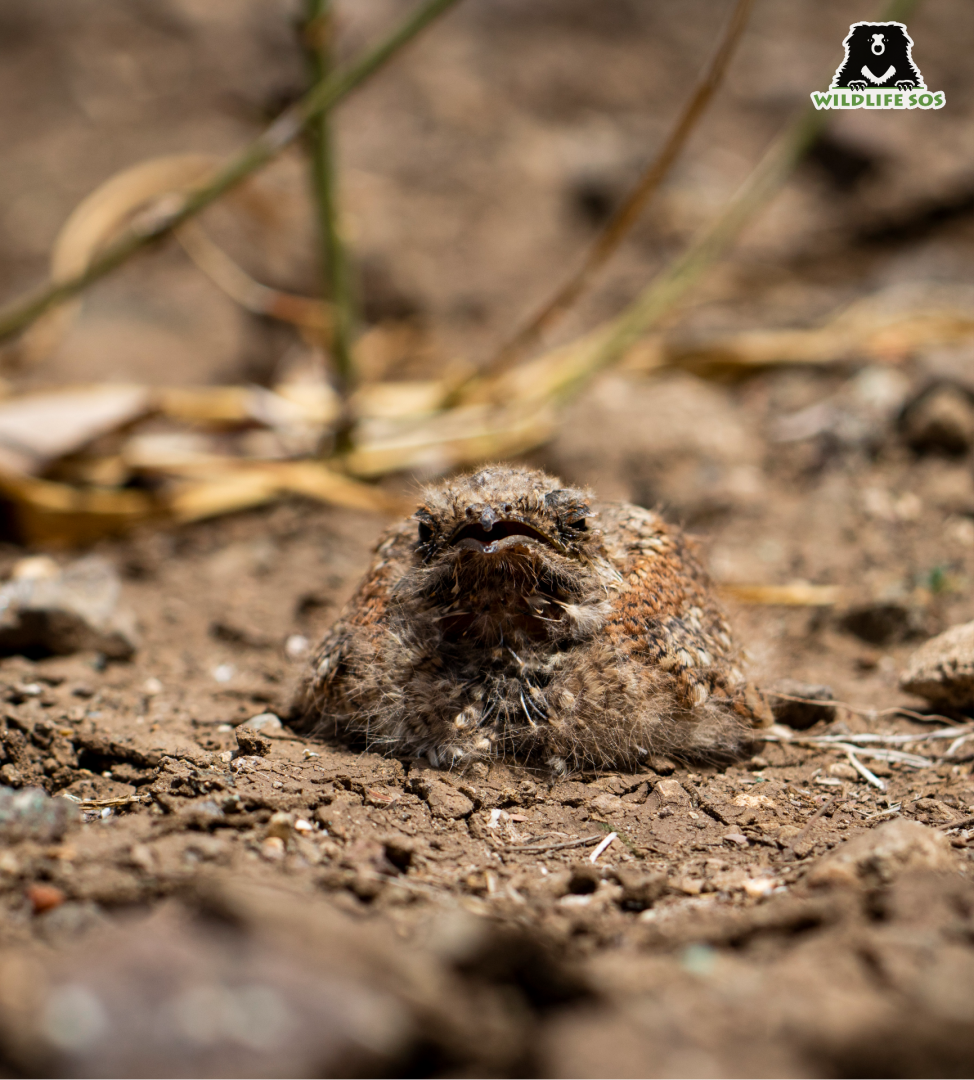
(Mis)Handling Animals
To get a closer view of the subject, photographers often hold animals in their hands and even stage them for aesthetic purposes! Herpetofauna and insects, for instance, are victims of staged photography. Recently, numerous photographs have caught the attention of the public on social media where photographers have intentionally set their subjects in unseen ways. From creating artificial rain, confining animals in small areas, to using strings, wires, and glues to retrain them – photographers have tried it all! Famous “viral” photographs have, in fact, involved animal cruelty. Besides misleading the audience, such photographs also disrupt animals in the wild. Moreover, catching and handling wild animals is illegal according to the Wildlife (Protection) Act, 1972.
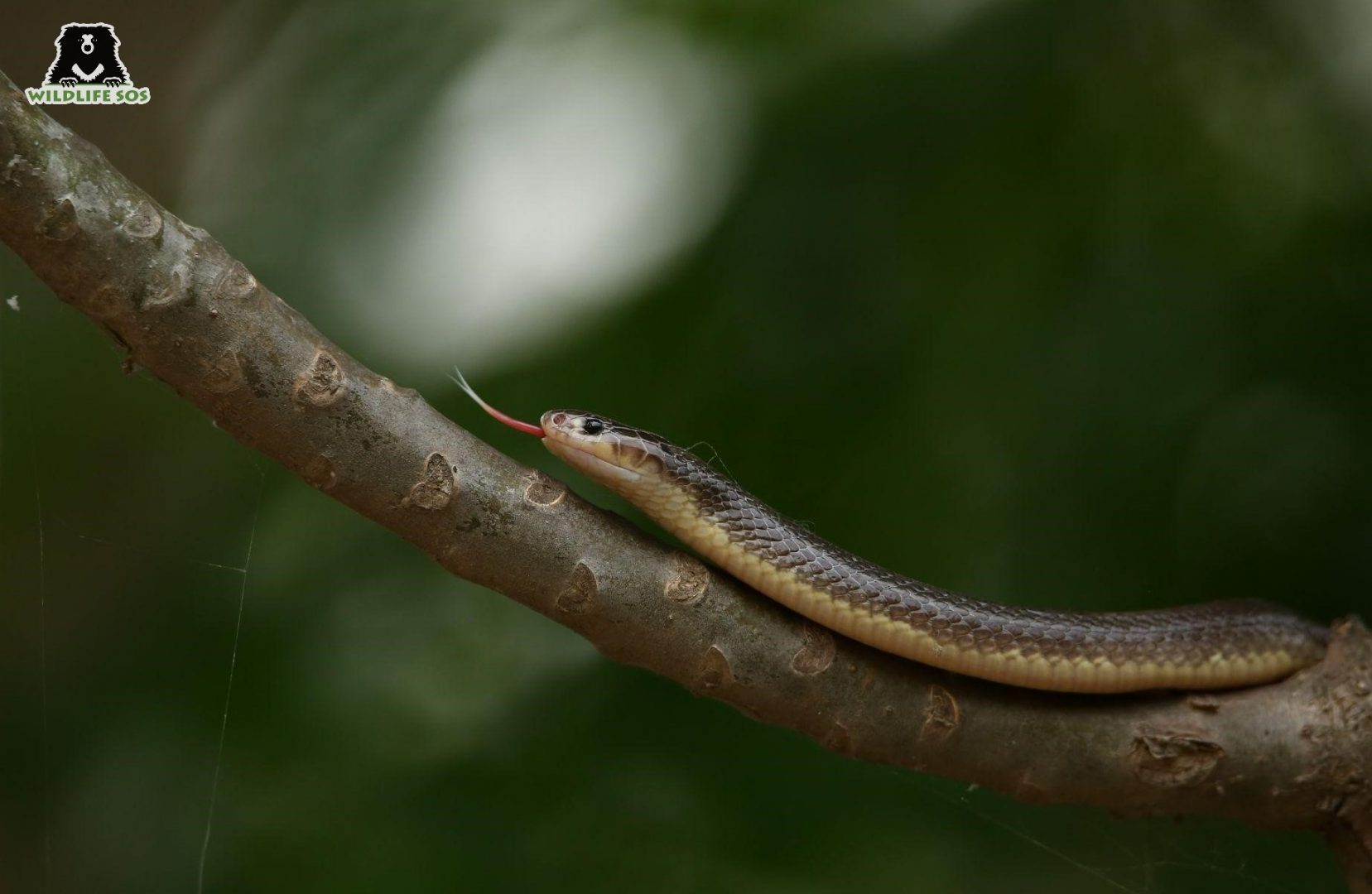
Photography Comes With Responsibility!
Section 149 of the Biodiversity Conservation Act, 2016 clearly states that it is an offence to capture animals without the necessary permission from the authority. When animals are staged for photographs, it could be considered punishable under the Act. Under Sections 153 and 155 of the same Act, causing any disturbance and feeding wildlife is illegal. Penalties could be imposed on the persons who engage in these activities.
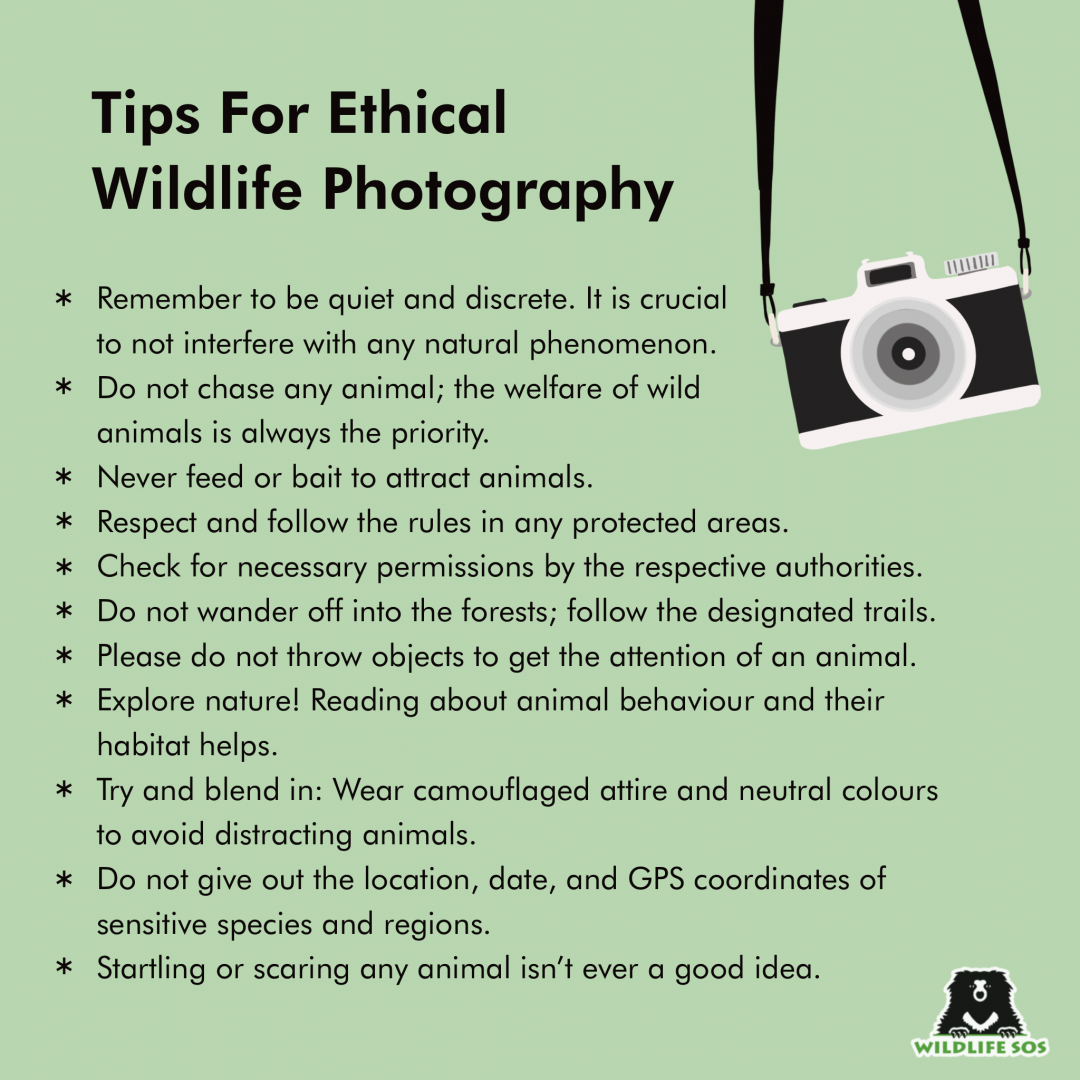
While we enjoy nature and photograph the wild, it is important to remember that this comes with a responsibility: We share the planet with an array of animals. Each inhabitant plays an important role in the ecosystem. As sentient beings, we must respect life in all forms. To be ethical is to be sensitive towards nature, and educate those around us to inculcate the same habits. While wildlife photography could be an excellent tool for raising awareness, it must not impede the natural functioning of the environment and its beings. Let’s aim to become responsible shutterbugs by engaging in ethical wildlife photography!
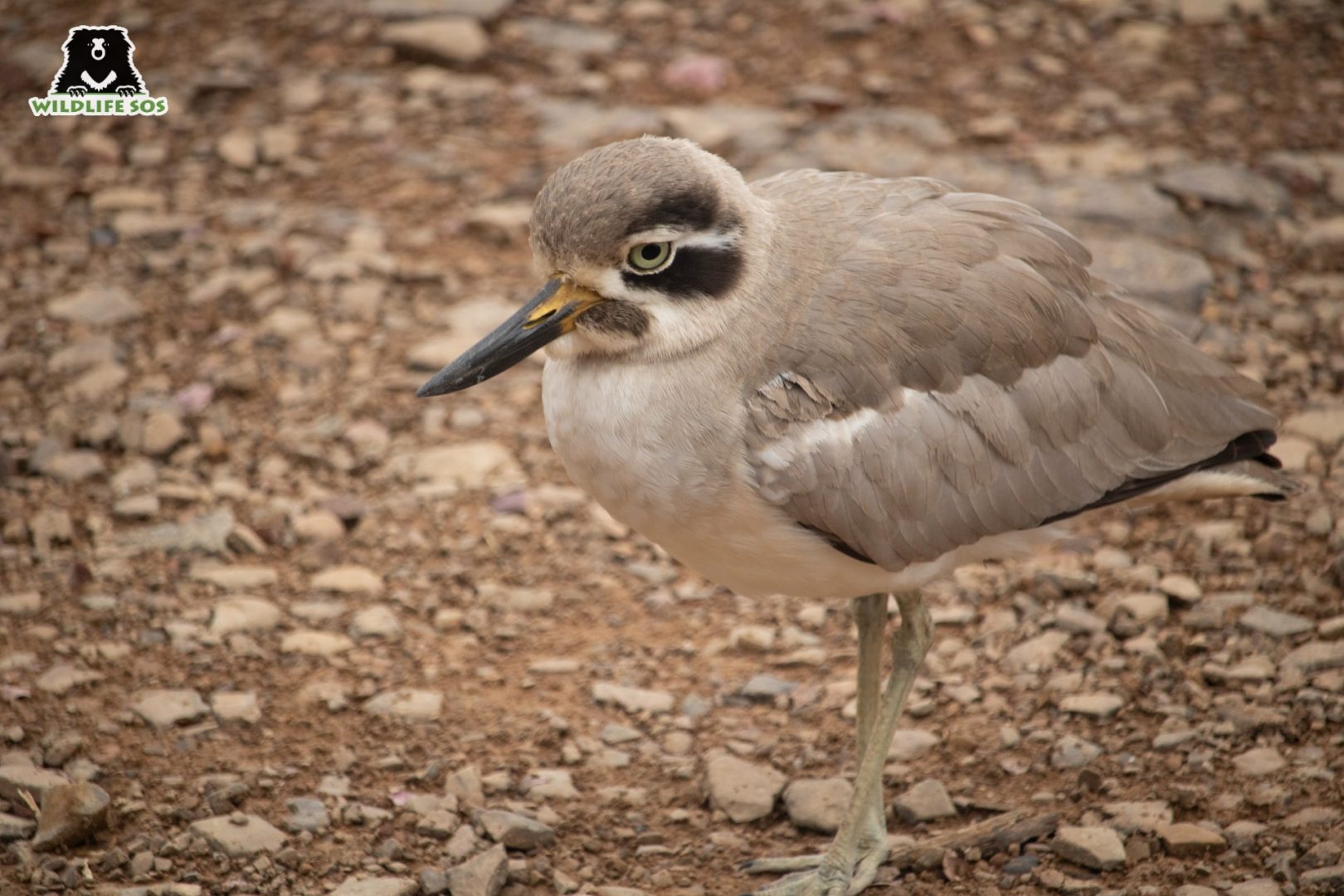
If you stumble upon an animal that is distressed, do not hesitate to contact the authorities for help. If you’re near the following cities, please reach out to the Wildlife SOS Rescue Helpline which runs 24×7 –
Delhi NCR – +91-9871963535
Agra & Mathura in Uttar Pradesh – +91-9917109666
Vadodara, Gujarat – +91-9825011117
Jammu & Kashmir – +91-7006692300, +91-9419778280

